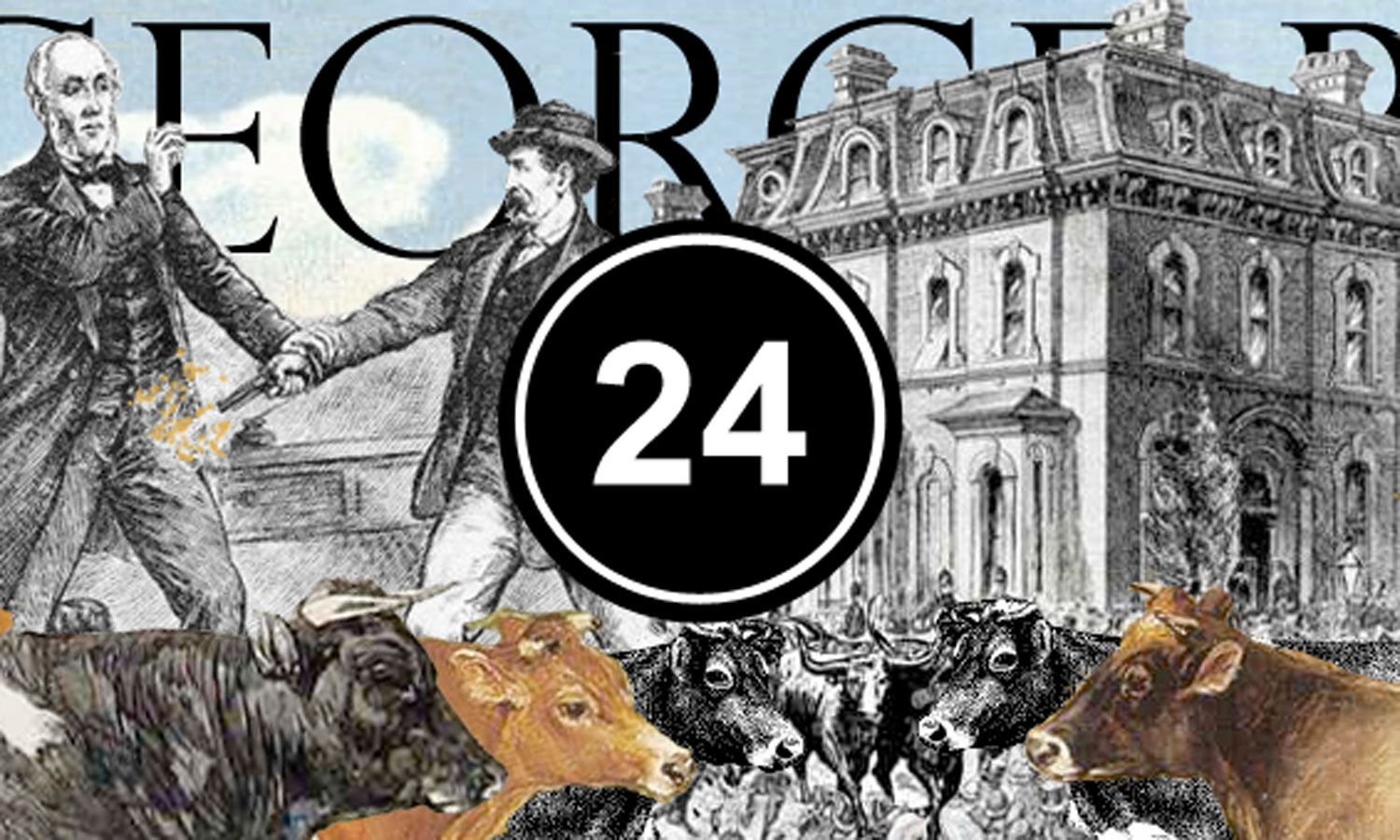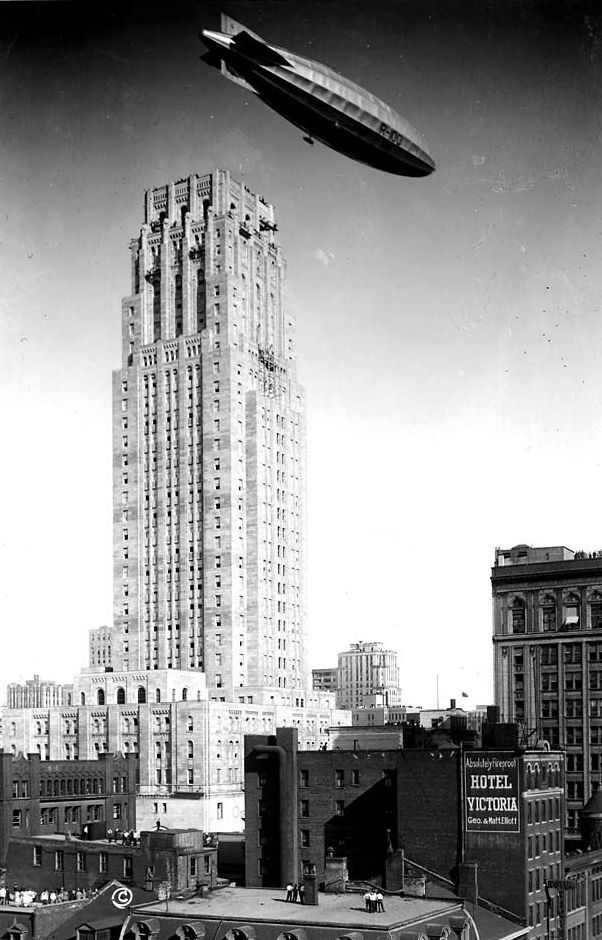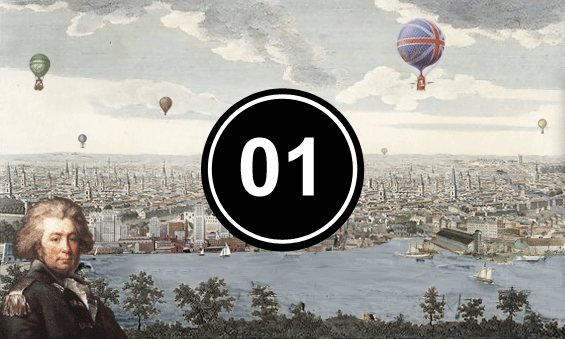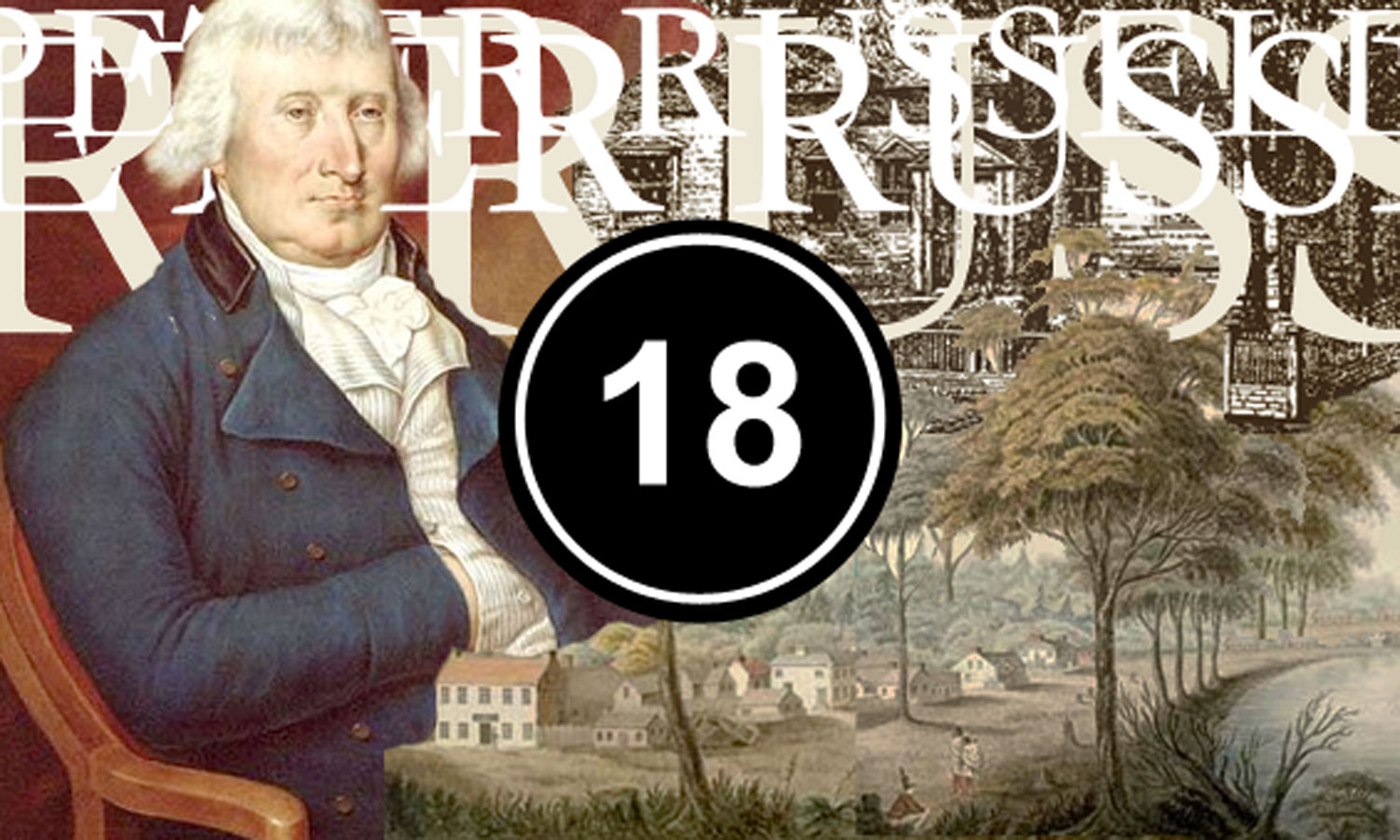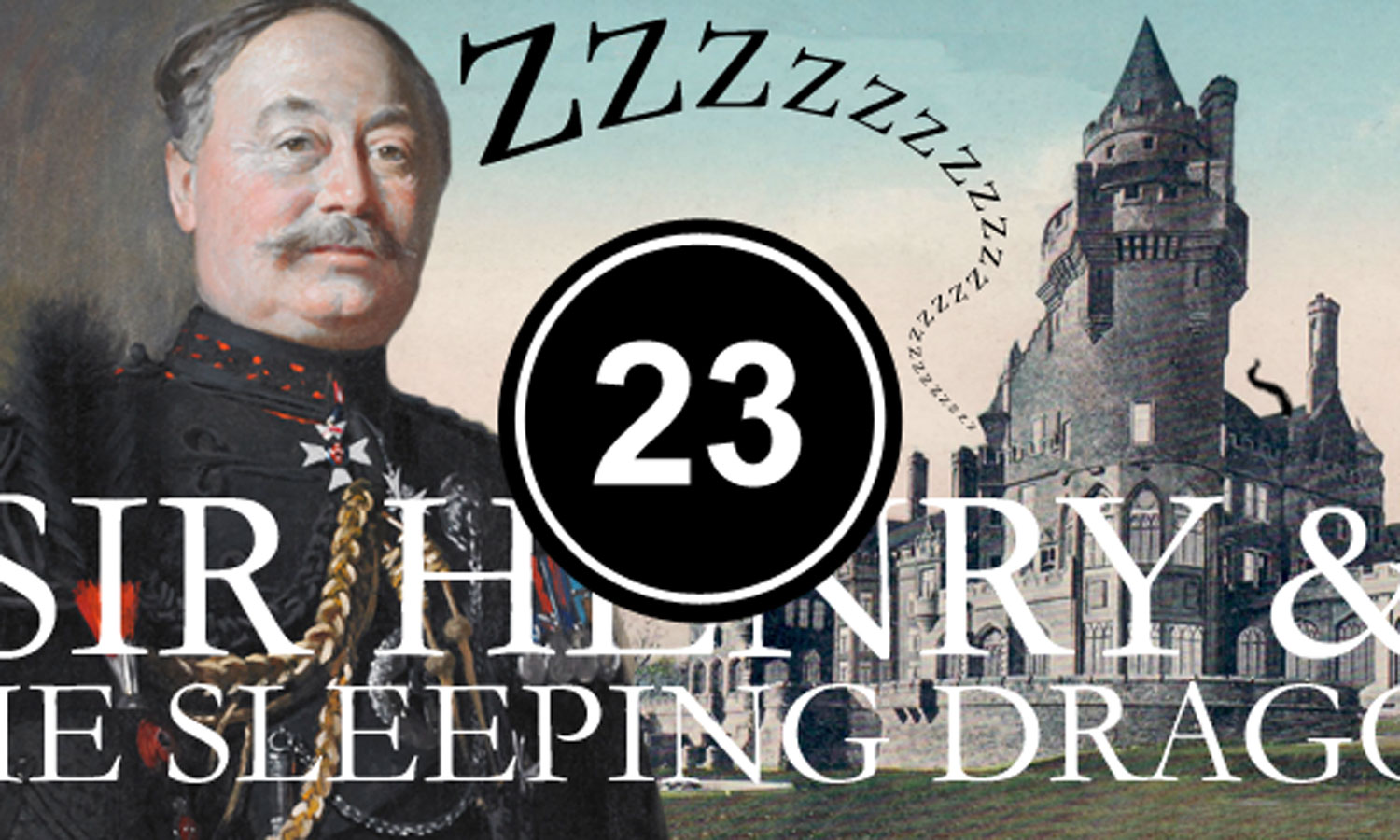It's easy to miss the shop if you're not looking for it. It blends into the other storefronts, one of many Jewish businesses along that stretch of Bathurst Street. It's been standing there for more than 50 years, just two blocks south of Lawrence Avenue, on the corner of Caribou Road. A plain blue sign lists the wares inside — books, sephorim, gifts — and displays the name of the store itself: Miriam's Judaica.
At a glance there doesn't seem to be anything particularly remarkable about it. It's a store like any other store. But the story behind that little Jewish shop on Bathurst Street is one of the most extraordinary stories you'll find in Toronto — or anywhere else for that matter.
~~~
 |
| Miriam & Bela on their wedding day |
The Miriam in Miriam's Judaica is Miriam Rosenthal. Her story begins in the town of Komárno, where she was born. It stands on the banks of the Danube River, in what's now Slovakia, right on the border with Hungary. She had a good childhood, the youngest of more than a dozen children in an Orthodox Jewish family. "I was spoiled," she once remembered. "I had a beautiful life."
When she was 22 years old, her family allowed her to get married — something she'd long been looking forward to. She went to a matchmaker and picked her husband out of a catalogue: Bela Rosenthal was the handsome son of a cattle broker; he lived on the Hungarian side of the border. Before long, they were engaged to be married.
But this was April 1944. Darkness had descended on Europe. The Slovaks had been allied with the Nazis since the early days of the Second World War; the persecution of the country's Jewish population began immediately. Two years before Miriam and Bela got engaged, the first trainload of Jews had left Slovakia for Auschwitz. Komárno had been turned into a major military hub for the Germans; as the young couple planned their wedding, all of the Jews in Miriam's hometown — nearly three thousand of them — were being deported. Some of her brothers had already been sent off to labour camps.
Still, she was determined to go through with the wedding. She used false papers and wore a cross as she slipped across the border, taking a train to meet her fiance in Hungary. They were married just a few hours after she arrived. As the rabbi performed the ceremony, German bombs began to fall; the wedding party rushed underground, finishing the ceremony in the basement. "The rabbi insisted," Miriam explained years later, "bombs or no bombs." The young bride wore a red rose pinned to her lapel to cover her yellow star.
The newlyweds barely had any time to build their new life together. Just two weeks after the wedding, they were rounded up into a ghetto and separated. A few weeks after that, the Nazis came for them again. Bela was sent to a slave labour camp. Miriam was sent to Auschwitz.
More people would die at Auschwitz than at any other Nazi concentration camp: more than a million were killed in the four years the gas chambers and the ovens were in operation. As Rosenthal and the other new arrivals were herded off their trains, Dr. Joseph Mengele — "The Angel of Death" — was waiting for them. By then, they were already weakened by their journey:
untold hours spent crammed together in cattle cars without room to sit
or food to eat. Many died along the way. Now, Dr. Mengele scrutinized them, his eyes coldly assessing them from beneath the brim of his black cap, the skull and crossbones of the SS emblazoned on the front. He divided them into two groups, their fate determined by a wave of his gloved hand or a flick of his cane: left or right. Those he deemed unfit for work — more than 80% of them — were sent to the left: straight to the gas chambers. The others, to the right: to a life of slavery inside the concentration camp. Rosenthal watched as her mother, her sister, and her one year-old niece were all sent to the left, to death. But she made it through.
And it was there, just a few weeks later, trapped within the horrors of Auschwitz, that Miriam Rosenthal realized she was pregnant.
~~~
 |
| Children at Auschwitz, 1945 |
The Nazis didn't spare Jewish children. They killed more than a million of them during the Holocaust. The leader of the SS, Heinrich Himmler, repeatedly justified and defended the slaughter in chilling speeches to his fellow party members.
"I believe, gentlemen," he once told a group of generals, "that you know me well enough to know that I am not
a bloodthirsty person... on the other hand, I have such
good nerves and such a developed sense of duty... that when I recognise something as necessary I can implement
it without compromise. I have not considered myself entitled... to allow the
children to grow into the avengers who will then murder our children and
our grandchildren. That would have been cowardly."
At Auschwitz, many children were immediately gassed, but a few were allowed to live. Some were kept as fodder for horrifying medical experiments carried out by Dr. Mengele and his staff. When he was done performing his bizarre tortures, he would kill some of them himself, injecting chloroform into their hearts and then dissecting them to study their organs. On other occasions, death came more casually: Mengele is said to have once drawn a line along the wall of the children's barracks about five feet from the ground; any child shorter than that line was promptly sent to the gas chambers. Sometimes children were thrown straight into the ovens, burned alive.
Pregnant women weren't given the chance to give birth. They, just like young mothers, were usually declared unfit for work and quickly murdered.
There was no question: Rosenthal would hide her pregnancy for as long as she could. "Not a word," one of her fellow prisoners advised her. "Not a single word. If not, you'll end up at the crematorium."
One day, the SS called for all the pregnant women to step forward. They were, the officers told them, going to be given double their usual ration of bread. But it was a lie: a trap.
"Can you imagine?" Rosenthal asked a reporter from the National Post just a few years ago. "Even women who were not pregnant
stepped forward." But she stayed put. "Two hundred women stepped forward and 200
women went to the gas chamber. And I don’t know why I didn’t step
forward... I have asked rabbis. I have asked some big people and no one can
give me an answer... I have asked myself this
question so many times as I lay in bed upstairs."
Declared fit for work, she was soon transferred out of Auschwitz and eventually sent to a factory in Augsberg where she was forced to make airplane parts for the Luftwaffe. Things there were slightly easier: the prisoners were given clean clothes and a little more food, allowed to grow their hair long for the first time since they'd arrived in the camps.
But all the while, Rosenthal's pregnancy was progressing. She was beginning to show. It was only a matter of time before the SS would notice.
The dreaded day came during the winter of 1944. Two SS officers arrived at the factory with angry German shepherds; they demanded that any woman who was pregnant immediately identify herself. This time, there was no hidding.
"I had to raise my hand," she explained. "I was showing, and if I
didn’t put up my hand all those other women would be killed. How could I
not put up my hand?"
The SS officers were furious. "You bitch!" they barked. "You're coming with us — to Auschwitz."
"I said goodbye to my friends," she remembered, "who were crying, but it was a relief for me. The suffering would be over, as well as the fear of what would happen to my baby." Rosenthal resigned herself to death.
She was taken out into the snow with nothing to protect her from the bitter cold but the dress she'd been wearing in the factory. The SS loaded her onto a train. This time, strangely, it wasn't a freight train packed full of prisoners, but a regular passenger train. There were civilians on board, seemingly oblivious to the genocide taking place all around them. One woman was shocked to see Rosenthal in her emaciated state. "Frau, what is with you?" she asked the prisoner. "You don’t have hair.
The clothes you are wearing. What are you, from a mental hospital?"
"She didn’t have a dream, this German woman," Rosenthal remembered, "of all the horrible
things the Germans were doing. I told her I am not from a mental
hospital, I am going to Auschwitz — I am going to the gas. She looked at
me like I was crazy, opened her purse and gave me some bread. I ate it
so fast. I was so hungry."
She was 22 years old and seven months pregnant.
~~~
 |
| Mass grave, Kaufering III, 1945 |
Now that the Nazis knew Rosenthal was carrying a child, Auschwitz would mean almost certain death. But that's not where the SS took her. The Russians, they told her, had just bombed Auschwitz, so instead they were headed toward another one of the most notorious concentration camps: Dachau.
By then, the war was going very poorly for the Nazis. The Allies had landed at Normandy six months earlier and begun their push across Europe. That year, the British and the Americans dropped more bombs on Germany than in the entire rest of the war combined — hundreds of thousands of tons of them. In response, the Nazis were moving their facilities underground. Near Dachau, in a town called Kaufering, they established eleven smaller sub-camps and used the slave labour of the prisoners to build giant subterranean airplane factories. There, they were put to work making Hitler's new "miracle weapon": the Messerschmitt, the world's first fighter jet.
Rosenthal was taken to one of those sub-camps: Kaufering I. It held thousands of prisoners, the vast majority of them Jewish, half of them doomed to die. The guards took her below ground and left her there in a dark room. It was hard to see. Only a single bulb cast dim light in the subterranean prison. But there were voices: other women, speaking Hungarian. "Where are you from?" they asked. "What happened to you?" There were six of them, they told her. And they were all pregnant.
"We started to cry and we just cried and cried," Rosenthal remembered. "It was
like we were all sisters. We had no one else in the world. We hugged each other. We kissed each other."
With the end of the war approaching, it seemed as if some of the Nazis were beginning to realize there would be consequences for their war crimes. They were starting to worry. The killing was far from over, but it seemed as if some things were beginning, ever so slightly, to change — if only so the Nazis could save their own skins.
The seven pregnant women were eventually taken above ground, to a small wooden hut that would serve as meagre shelter against the most terrible winter Europe had seen in the last fifteen years. What little heat they had came from a stove smuggled in for them by a fellow prisoner — one of the "kapos" who agreed to help oversee the camps in return for special treatment. She had taken a great risk by getting it for them. When the guards discovered the stove, they took it away and beat the kapo bloody. The next day, she brought it right back.
The SS officers brought them a doctor, too: one of the prisoners in the camp had been a gynecologist in Hungary before the war. But there was only so much Dr. Vadasz could do for them. He broke down in tears when he first saw the seven women, all of them now very far along in their pregnancies. He begged the Nazis to give him the equipment he would need for the deliveries. "I have no instruments! I need hot water! Towels! Soap!" But he would have to make do.
Within days, the first of the women went into labour. And in the weeks to come, the others would follow, one after another, suffering terribly as they gave birth on a hard, wooden bunk without anesthetic or the necessary medical equipment. Dr. Vadasz, terribly weakened himself, was given nothing but a bucket of hot water to use.
Still, one by one, the first six mothers did what seemed to be impossible: they gave birth in a concentration camp. Six new babies were brought into the world. Six new lives in the middle of all that death.
Eventually, it was just Miriam Rosenthal who had yet to give birth to her child. She finally went into labour during the last week of February. But as she struggled through the contractions, it was clear that her delivery wasn't going as smoothly as the others had. There were complications. She became frightened that she couldn't hear the baby's heartbeat. And she was growing weak.
Dr. Vadasz urged her on. "Miriam
push, push, you must help me. I can't do it on my own. He's going to
die." Her strength was failing her. "Miriam please try, try try try..."
"I couldn't keep going any longer," she later remembered, "but all of a sudden
the baby is out... And what a beauty. With blond, beautiful
hair; big, blue eyes. The other women were crying. Dr. Vadasz was
crying. Everyone was crying."
On February 28, 1945, Leslie Rosenthal was born.
~~~
 |
| The seven mothers & their babies, Dachau, 1945 |
It was a miracle. But they weren't safe yet. The Allies were still fighting their slow, bloody way across the continent. The war against Germany wouldn't end for another ten weeks.
And those ten weeks would be hard weeks. An outbreak of typhoid tore through the camp. Prisoners were still dying everywhere. And even as they recovered from the strain of childbirth, the new mothers were forced
to keep working, washing prisoners' clothing
and unloading dead bodies.
Rosenthal was in especially poor shape. After the delivery, her placenta had never emerged. It was another life-threatening complication. "After a week I started to bleed," she remembered. "The blood was flowing like water
from a tap. Terrible. So much blood." Dr. Vadasz warned the others that Rosenthal wasn't going to make it. "If you die," one of them promised her, "I will take Leslie."
Rosenthal kept fighting, and eventually recovered. But death was still a constant threat. When Leslie was still just two weeks old, the camp's head physician signed an order to have all of the new mothers and their babies sent to Bergen-Belsen to be gassed. His order, for some unknown reason, was never carried out.
Meanwhile, the Allies were getting closer: by the end of March, they were across the Rhine, marching through Germany itself, pushing on toward victory. Soon, the Soviets were on the outskirts of Berlin, shelling the capital. Hitler had retreated into his bunker, never to emerge again. In just a few days, he would put his gun to his head and end his own life.
As the Third Reich collapsed, the SS officers at the Kaufering camps were debating what to do with their prisoners. Some were determined to kill as many Jews and destroy as much evidence as they could before the end. As the Americans approached, the Nazis set fire to some of the barracks. Hundreds of prisoners were too weak to escape the flames. They were burned alive.
Thousands of others — including the seven mothers and their babies — were evacuated, forced into a death march from the sub-camps of Kaufering toward Dachau itself, nearly sixty kilometers away. "Anyone who was unable to keep walking was shot on the spot," one of the other mothers remembered.
"People were sick, weak and malnourished. We had to march without shoes."
Rosenthal could barely keep moving, but if she stopped she knew she would be killed — and Leslie with her. At one point, as she struggled to carry on, one of the Nazi officers offered to help. More than sixty years later, she was still moved to tears by the memory of that small, unexpected act of humanity. "I couldn't believe
it: an SS man says, 'Let me carry your child.' You see, there are good
people in this life. They were SS but this man had a heart.
He took the child. I could hardly keep walking and he said, 'I'll carry
him.'"
"Some Germans helped," she once told the Toronto Star, "maybe not enough, but there were some."
Rosenthal kept going, struggling on long enough to get loaded onto yet another train. But even the train wasn't safe. The American air force didn't realize it was filled with the people they had come to save — so they bombed it. As prisoners fled the wreckage into the surrounding woods, the SS opened fire. The forest was filled with bodies.
"I
kept saying, 'Leslie, we're going home. God will help us... Please God, please God. Help me, help me.'"
In the end, it took two days for the prisoners and their guards to make the journey from Kaufering to the main camp. Thousands of prisoners died in death marches around Dachau in the final few days of the war. But Rosenthal, the six other mothers, and all seven of their babies survived.
The morning after they arrived, they were lined up for one last roll call. A few hours later, the Americans arrived.
It was over. They were free.
~~~
 |
| Bela, Leslie and Miriam |
He was there, in the distance, running toward her. Somehow they had both survived — and they had both made their way back home to find each other. Bela was stunned to see Leslie in Miriam's arms. He couldn't believe she'd gotten pregnant so quickly, in those two brief weeks before the Nazis tore them apart. He was overjoyed. "I can’t describe that feeling of when he saw our baby," she remembered, "when he saw Leslie for the first time. We cried and cried and cried."
With the war over, they decided to leave Hungary behind and to set out in search of a new life: they travelled through Bratislava, Prague, Paris and Cuba before they finally reached Canada. For a while, Bela worked at a mattress factory. And then as a rabbi in Timmins and Sudbury. But in the end, they settled in Toronto, where they would spend the rest of their lives.
In 1965, they opened a shop on Bathurst Street at the corner of Caribou Road. They called it Miriam's Fine Judaica. They ran the store for more than 40 years, and raised their growing family: three children, and then grandchildren, and great-grandchildren. They would both live into their 90s.
At first, Rosenthal didn't tell her story to very many people outside her own family. She was still haunted by nightmares of SS officers coming to steal her newborn child. But in her later years, she began to share her extraordinary tale. "I believe," she told the
Star in 1997, "as I get older I think more and more about the Holocaust and my family... I feel my memories more, but still I am not bitter."
In 2010, she was interviewed for an
award-winning German documentary about the seven mothers and their children called
Born In A Concentration Camp. A couple of years after that, a journalist from the
National Post interviewed her for
an article about her remarkable life.
Leslie was there, too. By then, he was nearly 70 years old. As he arrived, Miriam proudly introduced her son: "Here is my miracle baby now."
"And here," Leslie answered, "is my miracle mother."
You can watch the documentary, Born In A Concentration Camp, online here. And you can read the National Post interview here. And if you've got a Toronto Public Library card, I think you should be able to read the Toronto Star article here (Page E1, April 21, 1997). The website for Miriam's Fine Judaica shares Bela (William) Rosenthal's obituary from the Canadian Jewish News here.
Haaretz wrote about the mothers and their babies here. The Canadian Jewish News wrote about the Rosenthals here.
The United States Holocaust Memorial Museum shares more information about the Kaufering camps here and Auschwitz here. The Guardian has some more information about Auschwitz here, as does the London Jewish Cultural Centre has some more information about Auschwitz on their "The Holocaust Explained" site for students here.
You can learn more about the Jewish history of Komárno from the Slovak Jewish Heritage Center here.
PHOTOS: Miram and Bela's wedding photo comes from the United States Holocaust Memorial Museum here, which also shares their story. The photo of the children in Auschwitz comes via the Globe and Mail, which shares the story of one of those children here. The photo of the mass grave at Kaufering III — and the German prisoners being forced to uncover it at the end of the war — comes from the United States Holocaust Memorial Museum here. The same site has the photo of the seven mothers and their babies here.









